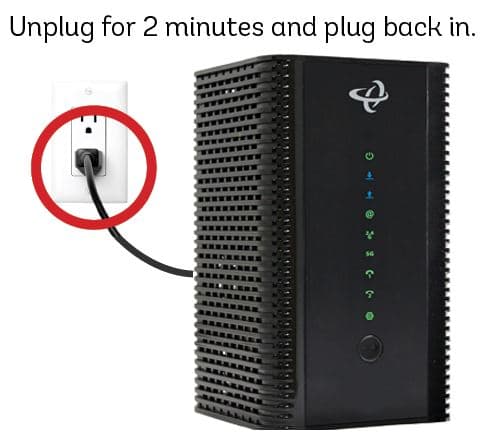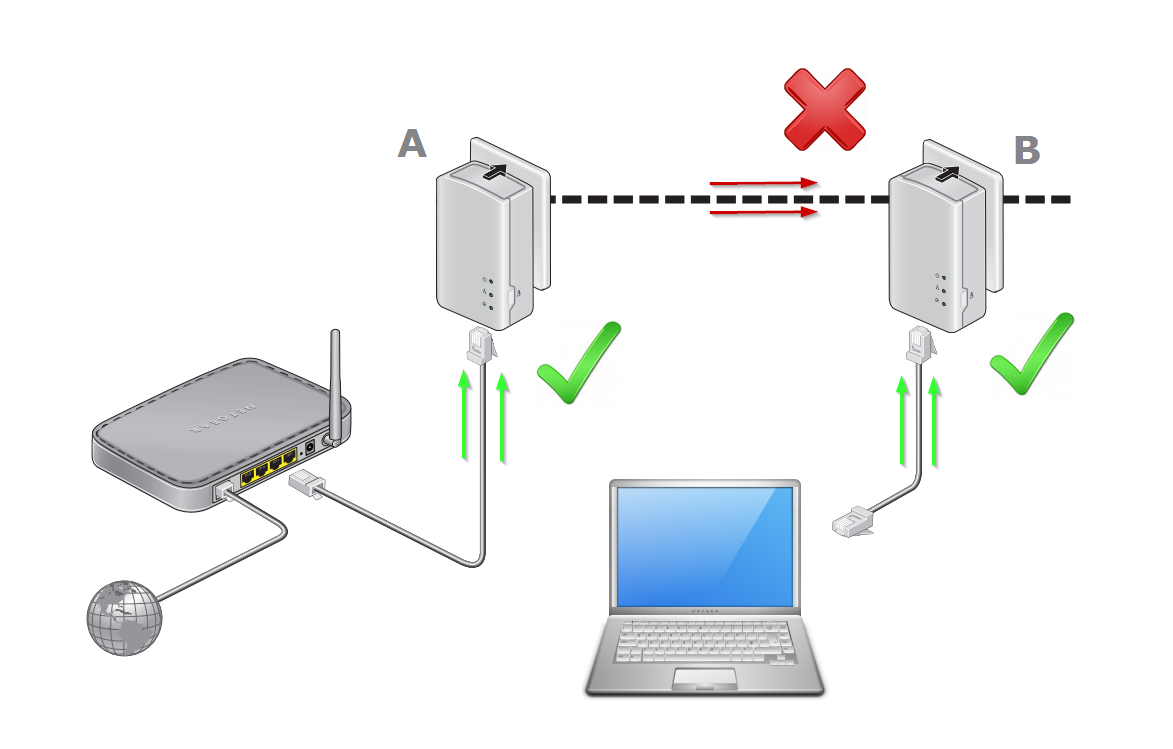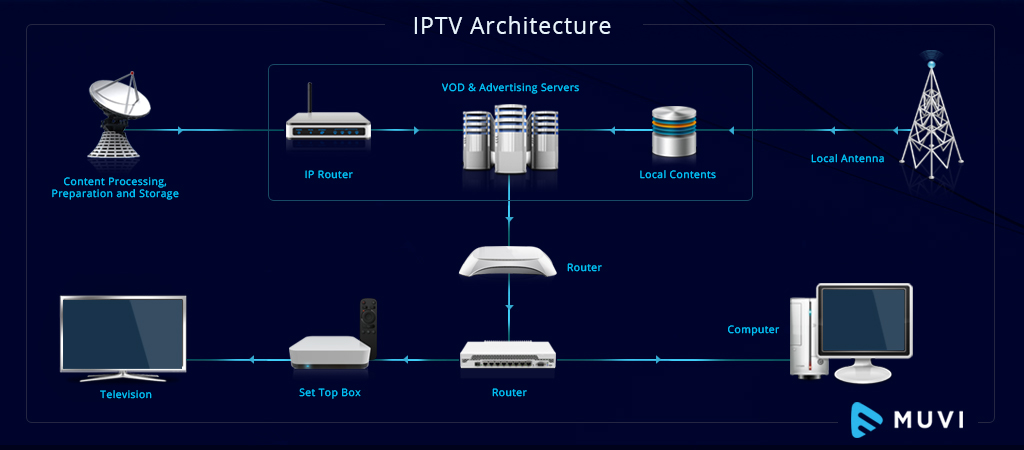In today’s high-speed digital world, fiber optic internet has become the gold standard for fast, reliable connectivity. While professional installation is common, tech-savvy homeowners and cable enthusiasts are increasingly exploring DIY fiber optic cable installation. This comprehensive guide will walk you through the process, providing valuable insights for both seasoned technicians and ambitious DIYers.
Understanding Fiber Optic Technology
Before diving into the installation process, it’s crucial to grasp the basics of fiber optic technology:
- What is fiber optic cable? Fiber optic cables use thin strands of glass or plastic to transmit data via pulses of light.
- Benefits: Faster speeds, lower latency, and greater bandwidth compared to traditional copper cables.
- Types: Single-mode (for long distances) and multi-mode (for shorter runs within buildings).
Planning Your Installation
Proper planning is essential for a successful fiber optic installation:
- Assess your needs: Determine the required cable length and type based on your home’s layout.
- Check local regulations: Ensure compliance with building codes and obtain necessary permits.
- Map the cable route: Plan the path from the entry point to your desired termination location.
- Gather tools and materials: Invest in quality fiber optic tools and protective equipment.
Essential Tools and Materials
Here’s a checklist of items you’ll need:
- Fiber optic cable (appropriate type and length)
- Fiber optic stripper
- Cleaver
- Fusion splicer (for permanent connections)
- Optical power meter
- Visual fault locator
- Fiber optic cleaning kit
- Safety glasses and disposable gloves
Step-by-Step Installation Guide
1. Prepare the Work Area
- Clear the installation path of obstacles
- Ensure proper lighting and ventilation
- Lay out tools and materials for easy access
2. Run the Cable
- Start at the entry point, carefully unspooling the cable
- Use cable guides and pulleys to navigate turns
- Maintain proper bend radius (typically 10x the cable diameter)
- Secure the cable at regular intervals
3. Terminate the Fiber
- Strip the outer jacket and buffer coating
- Clean the exposed fiber with isopropyl alcohol
- Cleave the fiber to create a perfectly flat end
- For fusion splicing:
- Align the fibers in the fusion splicer
- Initiate the splicing process
- Apply a protective sleeve over the splice point
- For connectorization:
- Attach the appropriate connector (SC, LC, or ST)
- Polish the connector end for optimal light transmission
4. Test the Installation
- Use an optical power meter to verify signal strength
- Employ a visual fault locator to identify any breaks or severe bends
- Conduct an end-to-end test to ensure proper connectivity and speed
Safety Precautions
Safety should always be your top priority:
- Wear safety glasses to protect against fiber shards
- Use disposable gloves when handling fibers
- Never look directly into the end of a fiber optic cable
- Dispose of fiber scraps properly using a designated container
Troubleshooting Common Issues
Even with careful installation, issues may arise. Here are some common problems and solutions:
| Issue | Possible Cause | Solution |
|---|---|---|
| Signal loss | Tight bends, damaged cable | Check for kinks, replace damaged sections |
| High attenuation | Dirty connectors | Clean connector ends with appropriate tools |
| No signal | Improper termination | Re-terminate or re-splice the connection |
Industry Trends and Future Considerations
As you embark on your DIY fiber optic installation, keep these industry trends in mind:
- Increasing bandwidth demands: Plan for future needs by installing higher-capacity cables.
- Advancements in connectors: Stay informed about new, easier-to-install connector types.
- Integration with smart home technologies: Consider how your fiber network can support IoT devices.
Conclusion
Installing fiber optic cable at home is a challenging but rewarding project for tech-savvy DIY enthusiasts. By following this comprehensive guide and adhering to best practices, you can create a high-speed, future-proof network for your home. Remember to prioritize safety, stay updated on industry trends, and don’t hesitate to seek professional help if you encounter difficulties beyond your expertise.
Are you ready to take your home network to the next level with fiber optics? Share your experiences or questions in the comments below, and subscribe to our blog for more in-depth technical guides and industry insights!





